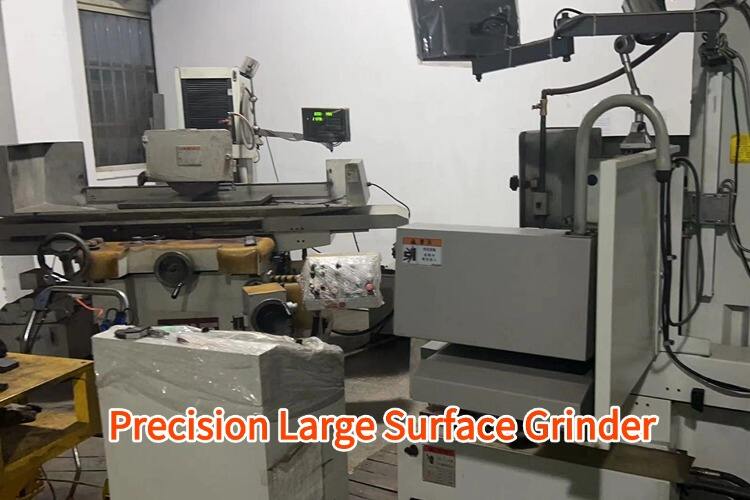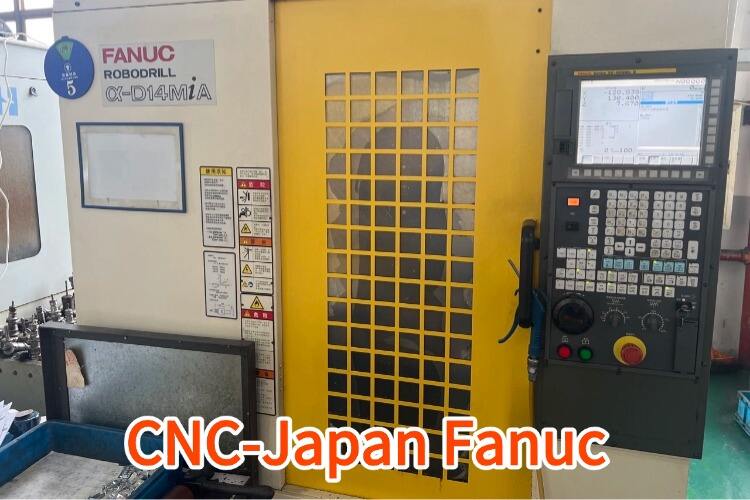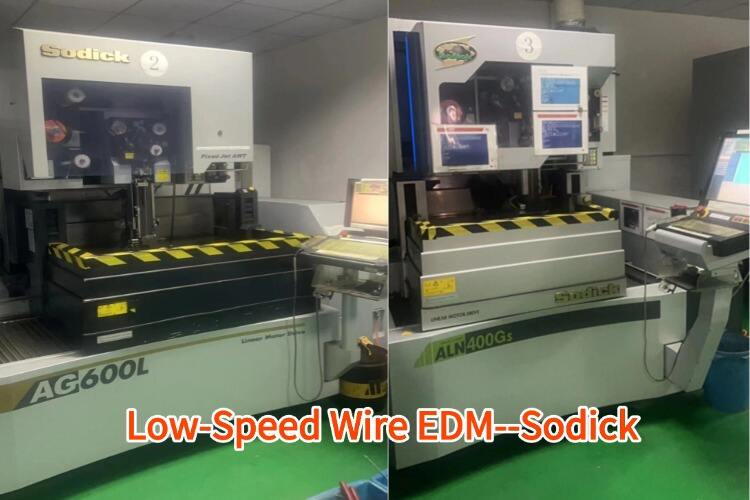metal cnc design
Metal CNC design represents a cutting-edge approach to precision manufacturing that combines advanced computer-aided design (CAD) with computer numerical control (CNC) machining technology. This sophisticated process enables the creation of complex metal components with exceptional accuracy and repeatability. The design phase incorporates detailed 3D modeling, allowing engineers to visualize and optimize parts before production begins. Through this technology, manufacturers can achieve tolerances as tight as ±0.0001 inches, making it ideal for industries requiring high-precision components. The process involves creating detailed digital blueprints that guide automated cutting tools through multiple axes of movement, ensuring consistent quality across production runs. Metal CNC design particularly excels in handling various materials, including aluminum, steel, titanium, and brass, while maintaining strict dimensional accuracy. The technology integrates seamlessly with modern manufacturing workflows, offering rapid prototyping capabilities and efficient scaling for mass production. This design methodology also supports complex geometries and intricate features that would be impossible to achieve through traditional manufacturing methods.


